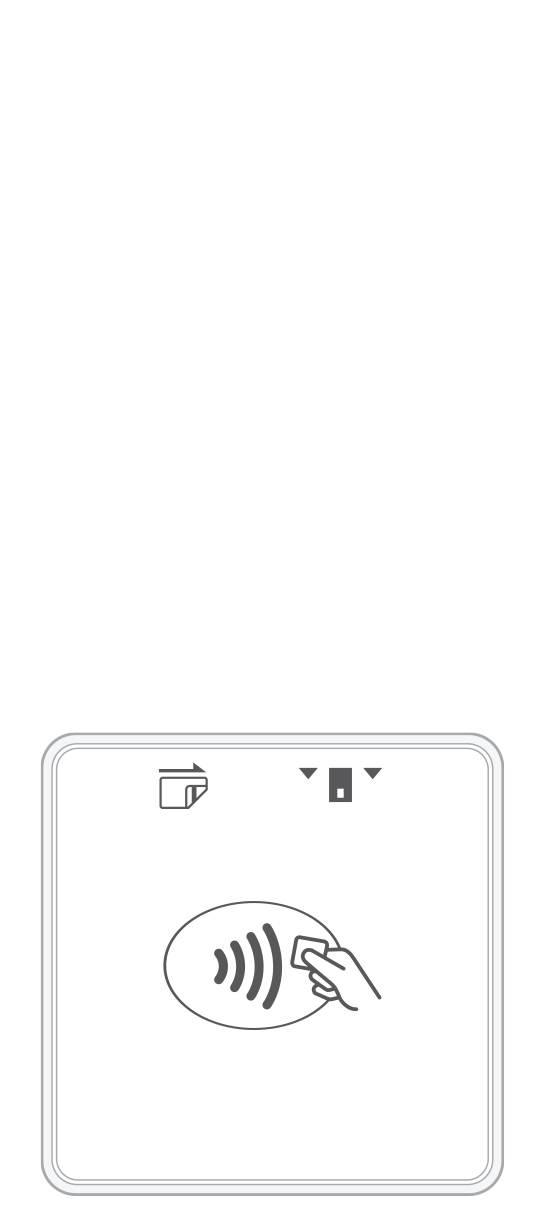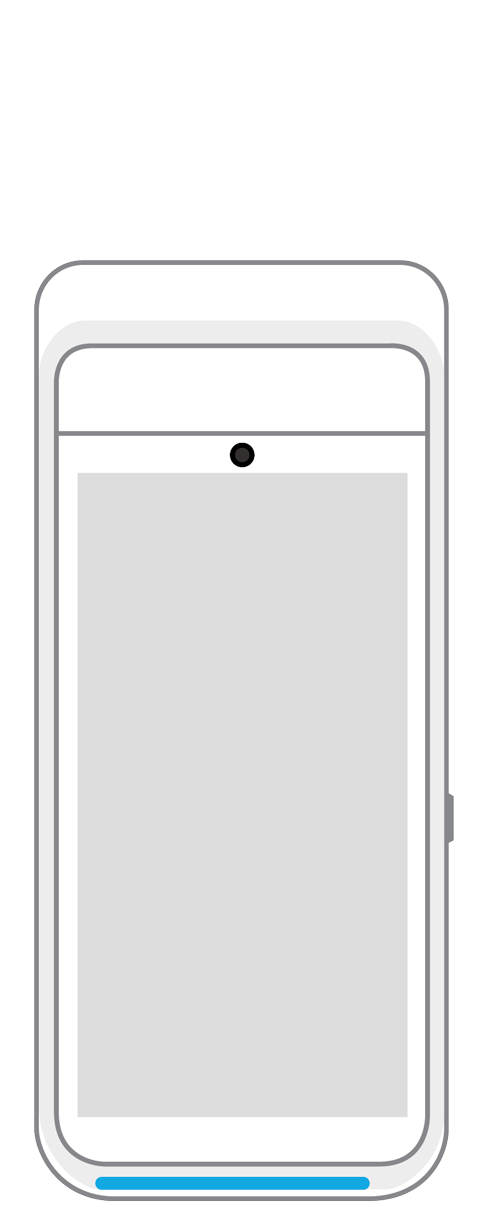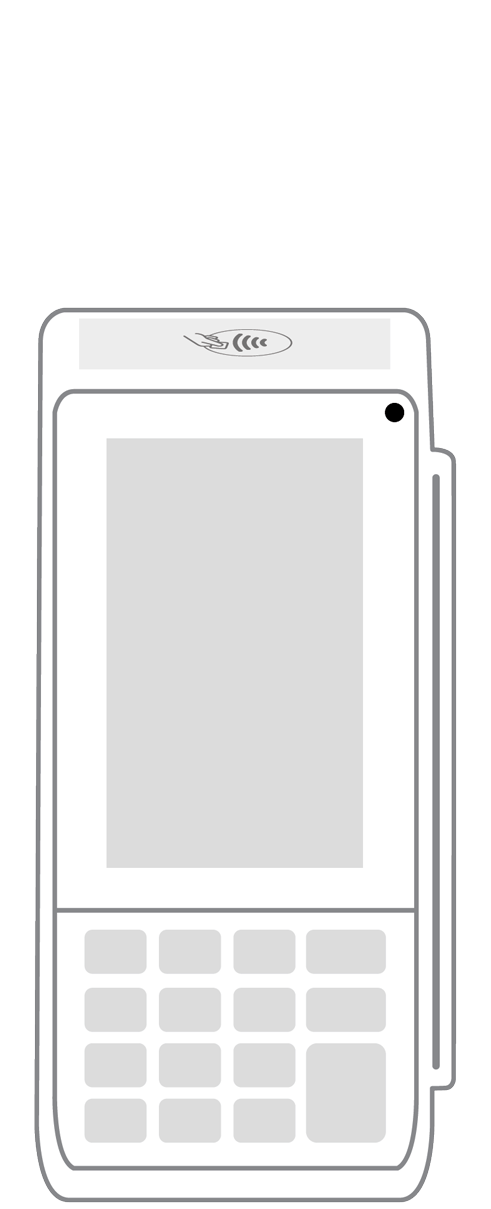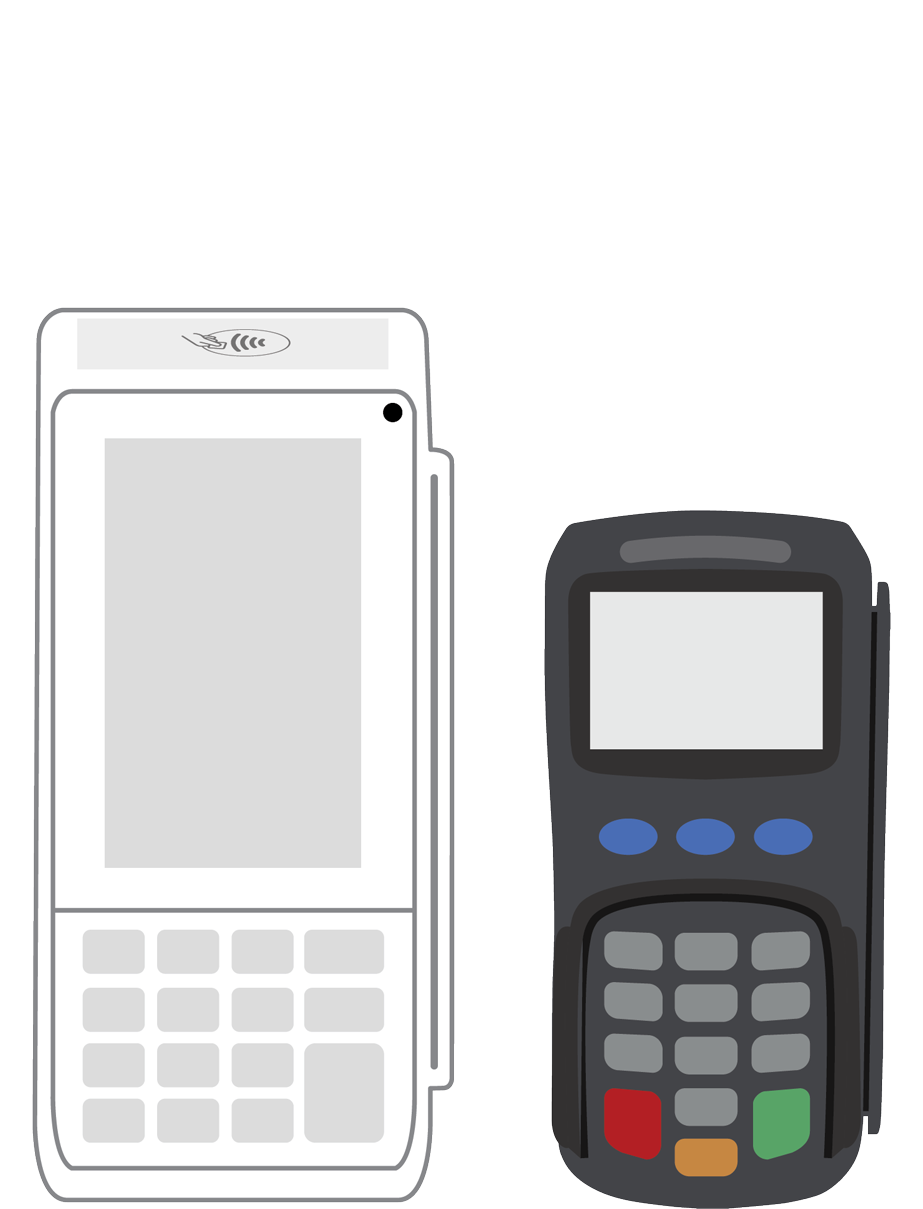4 ways to boost your end of summer sales.

As those warm, sunny days draw to a close, there are still months before the holiday buying rush goes into full swing. While it will be important to make preparations for that busy season, there are also things you can do right now to elevate your sales in late summer and early fall. In a commercial climate where competition is cutthroat and every penny in profits is precious, you can’t afford to miss out on the potential sales that this busy time of year can bring to your online, brick-and-mortar or hybrid retail operations.
1. Use email marketing during the end of summer.
Communicating with your best customers electronically via email may seem a bit outdated in this age of social media primacy, but don’t ignore its ability to inspire interest and remind your best buyers that your store is out there and ready to delight. Email still remains one of the most effective ways to direct tailored information to the men, women, and kids who will want to buy your products this school year.
While this may be true, you might be wondering how to get beyond shoppers’ spam filters and electronic overload in order to take advantage of the many benefits of email promotions. The key is found via the art of tailoring. Did you know that emails are more likely to be opened if they are personalized (18.9% vs. 12.1%)? Furthermore, including a first name increases the likelihood that the message will be seen. Leverage the power of your point of sale system’s database to send customized messages, including the buyer’s name, and potentially even segmented to highlight a history of buying certain merchandise or product types. If you do, studies show that you can receive a return of $32 for every $1 spent on your email marketing campaign.
2. Offer back-to-school campaigns.
Few would argue that turbulent economic conditions have caused times to be difficult for many families. Nevertheless, some expenses are inescapable, and back-to-school costs fall into this category. Like it or not, kids, college students, and even teachers will need supplies, electronics, and clothing in order to be equipped to go back to the classroom. As a retailer, you can capitalize on this customer pain point while simultaneously remaining empathetic to the difficult financial times.
After all, you can’t afford to miss out on your share of the estimated $21 billion or more that will be spent on school-related items this year. The majority of parents will shell out more than $200 per child, with over 90% of shoppers doing the bulk of their purchasing in physical stores as opposed to online.
Even so, a significant number of purchases are made away from the brick-and-mortar shop. Just under 40% of customers elect to do part of their purchasing on store websites, with a much smaller number using an app to get items they need. Regardless of which buying method they use, people all seem to value and use mobile coupons whenever they can find them.
3. Make use of seasonal marketing both in-store and on your website.
Regardless of which selling medium you are using, you can go a long way in capturing customer interest that leads to purchases if you take time to update and refresh your content with seasonal themes. Instead of being overwhelmed with an entire physical store or website teeming with generalized merchandise, targeted landing pages or in-store displays specifically oriented to returning to the classroom can help to grab buyers’ wandering attention and focus it on completing the necessary school-related shopping task at hand. This is even more the case when you sweeten the deal with bundles, sales and promotions that allow consumers to stretch their dollars further.
The statistics back up these assertions. 75% of people surveyed are positively swayed to complete a purchase if they are offered a discount or promotion. Furthermore, an even larger percentage — 85% — don’t hesitate to put an item back on the shelf if they learn that it is full price. Therefore, whenever possible, do your best to enhance the perceived value of back-to-school goods by bundling compatible products and offering bulk discounts.
4. Aim to increase social media engagement.
Sites like TikTok, Instagram, YouTube, and Facebook all provide you with opportunities to engage with your customers and direct them to your website or store for your best back-to-school deals. Just be sure that you are focusing your attention on the sites your customers prefer, and make it a point to update your content regularly. Remember that visitors might click over to your page as often as a few times per week, so be ready with fresh video and text for their enjoyment. Additionally, bring them into the conversation by encouraging them to post reviews, demos, and other types of fun content of their own. This connects buyers with your brand while simultaneously fostering a sense of community for everyone.
In just a few short years, social media has usurped the once mighty paid search advertisements in its influence over consumers. This channel now exceeds $137 billion as compared to paid advertising’s $135 billion. By all indications, that trend will only continue in this direction. 90% of customers primarily use Facebook, with Instagram at its heels at 79% worldwide. Not to be outdone, TikTok is rocketing toward the top, showing a 100% user growth rate between 2020 and 2022.
The back-to-school shopping season represents a potentially lucrative sales opportunity for your business. Take some time to prepare with targeted emails based on customer insights, seasonal themes, captivating sales and promotions and smart social media content. When you focus your attention on this important time of year, your retail store might just go straight to the head of the class.
Embed This Infographic
Copy and paste the code below to get this infographic onto your website or blog.
 3-in-1 Reader |  Terminal |  Keypad |  PINPad Pro |  Flex |  POS+ | |
|---|---|---|---|---|---|---|
Payment types | ||||||
EMV chip card payments (dip) | ||||||
Contactless payments (tap) | ||||||
Magstripe payments (swipe) | ||||||
PIN debit + EBT | ||||||
Device features | ||||||
Built-in barcode scanner | ||||||
Built-in receipt printer | ||||||
Customer-facing second screen | ||||||
External pinpad | ||||||
Wireless use | ||||||
Network | ||||||
Ethernet connectivity | With dock | |||||
Wifi connectivity | ||||||
4G connectivity | ||||||
Pricing | ||||||
Free Placement | ||||||